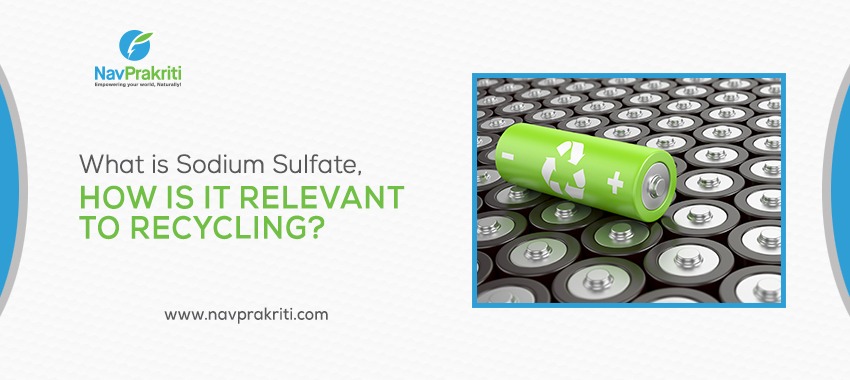 >
>
Lithium-ion batteries (LIBs) power modern technology, from smartphones and laptops to electric vehicles (EVs) and renewable energy storage systems. But what happens when these batteries reach the end of their lifespan?
Rather than disposing of them as electronic waste (e-waste), recycling is the most sustainable solution. At NavPrakriti – Eastern India’s First Battery Recycling Company, we specialize in recovering valuable materials from old batteries, contributing to a sustainable and circular economy.
Why is Lithium-ion Battery Recycling Essential?
Lithium-ion batteries contain critical raw materials, including:
Lithium – Essential for manufacturing new batteries
Cobalt & Nickel – Crucial components in EV batteries
Manganese & Graphite – Used in energy storage systems
Environmental & Economic Benefits of Battery Recycling
- Reduces dependence on mining, which is environmentally destructive
- Prevents hazardous waste from polluting soil and water
- Conserves natural resources and reduces carbon emissions
- Supports a sustainable battery supply chain for future EV production
Promoting Lithium-ion battery recycling in India significantly reduces environmental pollution while advancing the country’s clean energy transition.
Step-by-Step Process of Lithium-ion Battery Recycling at NavPrakriti
At NavPrakriti – Eastern India’s First Battery Recycling Company, we follow a structured, eco-friendly process to extract valuable metals from used batteries.
- Collection and Sorting
🔹 Collection of used Lithium-ion batteries from EVs, smartphones, laptops, and industrial equipment.
🔹 Sort batteries based on chemistry, size, and condition to determine the best recycling method.
- Safe Discharging and Dismantling
Safe discharge is necessary to prevent safety hazards.
Dismantling involves separating different battery components, including casings, electrodes, and electrolytes.
- Shredding & Black Mass Recovery
Shredding dismantled batteries into smaller pieces.
Black mass extraction contains Lithium, Cobalt, Nickel, and Manganese.
- Metal Extraction and Purification
Hydrometallurgical and pyrometallurgical processes extract valuable metals from the black mass.
Purification ensures that the extracted materials meet industry standards for reuse.
- Reusing Materials for New Batteries
The recovered materials are reintegrated into the supply chain for new battery production, reducing reliance on mining and supporting a circular economy.
Challenges in Lithium-ion Battery Recycling
Despite its importance, battery recycling comes with certain challenges:
Safety risks – LIBs contain hazardous and flammable materials.
High recycling costs – Advanced recycling technology requires investment.
Lack of awareness – Many consumers improperly discard batteries.
Collection & logistics issues – Establishing an efficient collection network is essential.
At NavPrakriti – Eastern India’s First Battery Recycling Company, we are tackling these challenges with cutting-edge battery recycling technology, strategic collection networks, and awareness campaigns.
The Future of Lithium-ion Battery Recycling in India
India’s EV market is expanding rapidly, increasing the demand for sustainable battery solutions.
Government initiatives, such as the Battery Waste Management Rules 2022 and the PLI Scheme for Advanced Chemistry Cell (ACC) Batteries, are boosting battery recycling efforts.
By 2030, India’s battery recycling industry will play a critical role in reducing dependence on imported raw materials and supporting a greener future.
Conclusion: Join the Lithium-ion Battery Recycling Movement
At NavPrakriti – Eastern India’s First Battery Recycling Company, we are dedicated to:
Reducing e-waste by recovering valuable materials
Promoting a sustainable battery supply chain
Supporting India’s clean energy transition
Got old Lithium-ion batteries? Recycle them today!
Don’t let used batteries harm the environment. Partner with NavPrakriti and contribute to a cleaner, greener future!
Contact us today to learn more about our battery recycling services and how you can be part of the solution!









Leave a Reply